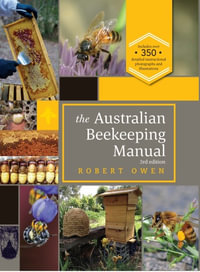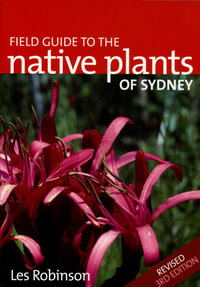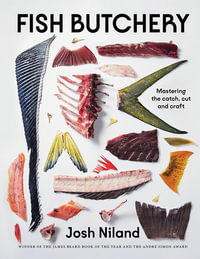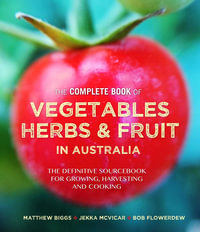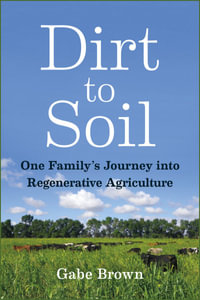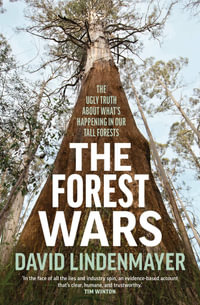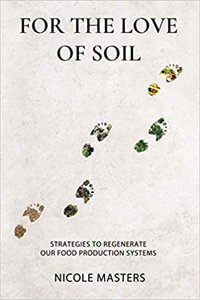PART 1 HORTICULTURAL BIOLOGY 1
1 INTRODUCTION 3
Horticulture Defined 4
History of Horticulture 6
2 PLANT CLASSIFICATION 13
Early Classification Systems 13
Botanical Classification/Taxonomy 14
Horticultural Classification 18
References 22
3 PLANT STRUCTURE 23
The Cell 23
Organs 30
Flowers 49
Fruits 57
References 63
4 PLANT GENOTYPE 65
Genetic Improvements 66
Genetic Terminology 67
Fertilization 74
Heritability 74
Cloning Plants 77
Plant Breeding 79
Molecular Biology 81
Cross-Fertilization 83
Mutations 86
Pest Resistance 91
Summary 93
References 93
PART II THE AMBIENT ENVIRONMENT 95
5 LIGHT 97
Photosynthesis 99
Spacing and Orienting Plants for Light
Interception 103
Etiolation 109
Effect of Pigments 113
Photoperiodism 120
Light Quantity and Plant Growth 127
Light Sources and Their Use 133
Systems for Measuring Light 136
Summary 139
References 139
6 TEMPERATURE 141
Temperature and Plant Growth 142
Sugar and Starch Conversions 147
Soil Temperature 149
Temperature Monitoring and Control 154
Cooling Controlled Environments 155
Heating and Energy Conservation in
Controlled Environments 160
Temperature and Site Selection 166
Vernalization 168
Dormancy 169
Temperature Stress 172
Low-Temperature Effects 172
High-Temperature Effects 183
Temperature Fluctuations 185
Summary 186
References 186
PART III THE RHIZOSPHERE (ROOT ZONE) 187
7 WATER 189
Properties of Water 190
Horticultural Applications and Water Management 198
Irrigation 204
Timing and Amount of Water 218
Soil Moisture Measurement 220
Summary 226
References 226
8 SOILS AND SOIL MANAGEMENT 229
Characteristics of Soil 230
Aeration and Drainage 239
References 249
9 MINERAL NUTRITION 251
Early Knowledge of Essential Elements 251
Mineral Nutrient Uptake 252
Carbon, Hydrogen, and Oxygen 256
Macronutrients 257
Micronutrients 259
Fertilizer Practices 261
Fertilizer Sources 266
Inorganic Fertilizers 270
Fertilizer Application Methods 273
References 279
10 MULCHES 281
Advantages of Mulches 282
Use of Organic Mulches 282
Winter Mulching 284
Nonorganic Mulches 285
Limitations of Mulching 290
Summary 291
References 291
PART IV PLANT GROWTH SUBSTANCES 293
11 PLANT HORMONES 295
Major Plant Hormones 297
Growth-Promoting Hormones 297
Wounding and Stress Hormones 297
Growth-Promoting Hormones: Auxins 298
Gibberellins 304
Cytokinins 307
Brassinosteroids 311
Wounding and Stress Hormones: Ethylene 311
Abscisic Acid 315
Jasmonates 316
Other Plant Growth Substances 317
References 317
12 CHEMICAL CONTROL OF PLANT GROWTH 319
Dormancy 320
Apical Dominance 322
Apical Dominance 323
Growth Retardation 324
Vegetative Growth Promotion 326
Flowering 326
Sex Expression 328
Fruiting 329
Abscission and Harvest Aids 332
Summary 334
References 334
PART V HORTICULTURAL PRACTICES 335
13 PRUNING 337
Pruning 337
Summary 345
References 345
14 PLANT PROPAGATION 347
Vegetative Propagation 349
Cutting Propagation 349
Cutting Types 356
Layering 359
Specialized Plant Structures 360
Grafting and Budding 361
Micropropagation 364
Seed Propagation 368
Hardening-Off 376
Summary 377
References 377
15 POSTHARVEST HANDLING 379
Quality and Maturity 380
Biological Factors Involved in Deterioration 385
Environmental Factors Influencing Deterioration 387
Food Safety 389
Harvesting 390
Preparation for Market 391
Storage 397
Keys to Successful Handling of Horticultural Crops 403
References 405
Internet Resources 407
PART VI PLANT PROBLEMS 409
16 PLANT PESTS AND OTHER PROBLEMS 411
Plant Diseases 413
Fungi and Fungal-Like Organisms 416
Deuteromycetes or Fungi Imperfecti 425
Bacteria 425
Mollicutes (Phytoplasmas and Spiroplasmas) 427
Viruses and Viroids 427
Parasitic Higher Plants 430
Nematodes 431
Horticultural Practices and Plant Disease 432
Insects 432
Types of Insect Damage to Plants 437
Mites 445
Snails and Slugs 446
Vertebrate Pests 447
Weeds 450
Organic Approaches to Pest Management 453
Safety in the Use of Pesticides 454
Summary 455
References 455
APPENDIX 457
SCHEDULE A Field-Grown Processing Tomato (Lycopersicon esculentum) 458
SCHEDULE B Greenhouse-Grown Poinsettia (Euphorbia pulcherrima) 460
SCHEDULE C Balled and Burlapped Spreading Yew (Taxus cuspidata) 464
SCHEDULE D Apple, a Temperate Tree Fruit (Malus pumila) 466
SCHEDULE E Orange, a Subtropical Tree Fruit (Citrus sinensis) 470
SCHEDULE F Kentucky Bluegrass Sod (Poa pratensis) 474
Glossary 477
Index 493




